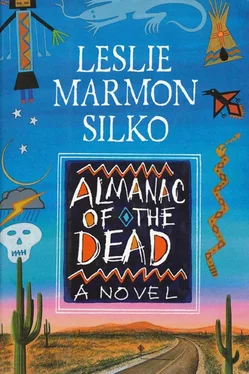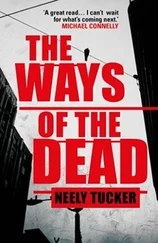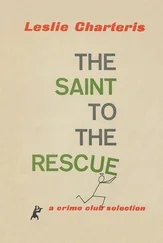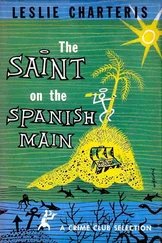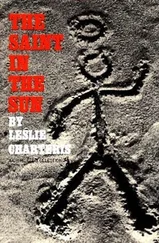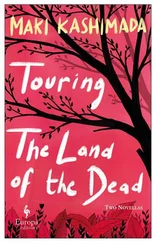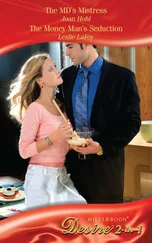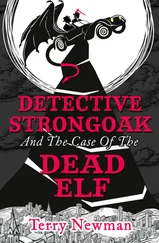The next day Sterling got up before dawn and took a bath in the shallow creek Laguna people call “the river.” Sterling gasped as the cold river clay squeezed between his toes and the cold water reached his ankles. He washed his hair with soapweed root left behind by some sheepherder too poor or too stingy to buy real shampoo. The day after that, Sterling had walked for two or three hours along the river enjoying the smell of the willows. When he stopped to rest, he realized he had walked north almost as far as the mine road. The open-pit uranium mine had been closed for years. Sterling walked away from the shoulder of the road in the weeds although there were no signs of any traffic, or other human beings for miles.
Sterling knew what was at the mine, but he wasn’t afraid. Without realizing what he was doing, Sterling had been walking in the exact direction of the mine road where the shrine of the giant snake was. Sterling knew the visit to the giant snake was what he must do, before anything else, even before he went to buy food.
Sterling felt stronger as he walked along. The wild purple asters were blooming, and Sterling could smell Indian tea and bee flowers; in the distance, he heard the field larks call. As long as Sterling did not face the mine, he could look out across the grassy valley at the sandstone mesas and imagine the land a thousand years ago, when the rain clouds had been plentiful and the grass and wildflowers had been belly high on the buffalo that had occasionally wandered off the South Plains. Lecha had talked about the Lakota prophecy while they were driving from Tucson. Lecha said that as a matter of fact, the buffalo were returning to the Great Plains, just as the Lakota and other Plains medicine people had prophesied. The buffalo herds had gradually outgrown and shifted their range from national parks and wildlife preserves. Little by little the buffalo had begun to roam farther as the economic decline of the Great Plains had devastated farmers and ranchers and the small towns that had once served them. Sterling had to smile when he thought of herds of buffalo grazing among the wild asters and fields of sunflowers below the mesas. He did not care if he did not live to see the buffalo return; probably the herds would need another five hundred years to complete their comeback. What mattered was that after all the groundwater had been sucked out of the Ogalala Aquifer, then the white people and their cities of Tulsa, Denver, Wichita, and Des Moines would gradually disappear and the Great Plains would again host great herds of buffalo and those human beings who knew how to survive on the annual rainfall.
Sterling still had two miles to walk, but already the mountains of grayish-white tailings loomed ahead. He had not understood before why the old people had cried when the U.S. government had opened the mine. Sterling was reminded of the stub left after amputation when he looked at the shattered, scarred sandstone that remained; the mine had devoured entire mesas. “Leave our Mother Earth alone,” the old folks had tried to warn, “otherwise terrible things will happen to us all.” Before the end of the war, the old folks had seen the first atomic explosion — the flash brighter than any sun — followed weeks later by the bombs that had burned up a half a million Japanese. “What goes around, comes around.” Now he was approaching the shrine of the giant snake.
Sterling tried to remember more of the stories the old people used to tell; he wished he had listened more closely because he vaguely recalled a connection the giant snake had with Mexico. Tucson was too close to Mexico. Tucson was Mexico, only no one in the United States had realized it yet. Ferro had called the exploding car bomb outside Tucson police headquarters his “announcement” that Tucson wasn’t United States territory anymore. Sterling had been terrified of Ferro from the start because Aunt Marie and the old people used to talk about how fierce the Mexican tribes were — how quickly and casually they had killed.
Long time ago, long before the Europeans, the ancestors had lived far to the south in a land of more rain, where crops grew easily. But then something terrible had happened, and the people had to leave the abundance and flee far to the north, to harsh desert land. Hundreds of years before the Europeans had appeared, sorcerers called Gunadeeyahs or Destroyers had taken over in the South. The people who refused to join the Gunadeeyahs had fled; the issue had been the sorcerers’ appetite for blood, and their sexual arousal from killing. Aunt Marie and the others had been reluctant to talk about sorcery in the presence of young children, and Sterling had not paid much attention to what his playmates had told him about the Gunadeeyahs. Still Sterling knew the Destroyers robbed graves for human flesh and bones to make their fatal “powders.” Aunt Marie had cautioned Sterling and the other children always to be careful around Mexicans and Mexican Indians because when the first Europeans had reached Mexico City they had found the sorcerers in power. Montezuma had been the biggest sorcerer of all. Each of Montezuma’s advisors had been sorcerers too, descendants of the very sorcerers who had caused the old-time people to flee to Pueblo country in Arizona and New Mexico, thousands of years before. Somehow the offerings and food for the spirits had become too bloody, and yet many people had wanted to continue the sacrifices. They had been excited by the sacrifice victim’s feeble struggle; they had lapped up the first rich spurts of hot blood. The Gunadeeyah clan had been born.
Sterling wished for a drink of water. No wonder the blood sacrifices and the blood-spilling had stopped when the people reached this high desert plateau; every drop of moisture, every drop of blood, each tear, had been made precious by this arid land. The people who had fled north to escape the bloodshed made rules once they were settled. On the rare occasions when the sacred messengers had to be dispatched to the spirit world, the eagles and macaws had been gently suffocated by the priests; not one drop of blood had been spilled. Permission had to be asked and prayers had to be made to the game animals before the hunters brought them home. The people were cautioned about disturbing the bodies of the dead. Those who touched the dead were easily seduced by the Gunadeeyahs, who craved more death and more dead bodies to open and consume.
Now the old story came back to Sterling as he walked along. The appearance of Europeans had been no accident; the Gunadeeyahs had called for their white brethren to join them. Sure enough the Spaniards had arrived in Mexico fresh from the Church Inquisition with appetites whetted for disembowelment and blood. No wonder Cortés and Montezuma had hit it off together when they met; both had been members of the same secret clan.
Sterling made his way up a sandy hill and then slid down the crumbling clay bank of a small arroyo. He tore a cuff on his pants crawling through the barbed-wire fence that marked the mine boundaries. Ahead all he could see were mounds of tailings thirty feet high, uranium waste blowing in the breeze, carried by the rain to springs and rivers. Here was the new work of the Destroyers; here was destruction and poison. Here was where life ended. What had been so remarkable about the return of the giant snake had been how close the giant snake was to the mountains of tailings. Two mine employees from Laguna had discovered the giant stone snake on a routine check for erosion of the tailings. Sterling had heard Aunt Marie and the others talking excitedly about a giant stone snake. At first Sterling had thought a fossil snake had been found, but then he had realized the stone snake was only an odd outcropping of sandstone. Sterling remembered his skepticism about the giant snake. He had not believed the mine employees who swore there had never been anything at the foot of the tailings before — nothing but sand and a few weeds. Sterling had thought that probably the strange sandstone formation had been lying there for hundreds of years and no one had noticed it; or if they had, the people had lost track of the rock formation after the mining began. But Aunt Marie and the others had pointed out the sheep camps nearby and the road that passed within a hundred yards of the giant stone snake. Rabbit hunters familiar with the area had come to agree with the miners, sheep-herders, and the others. No way had they overlooked a sandstone snake thirty feet long! Overnight, the giant stone snake had appeared there. The old folks said Maahastryu had returned. Sterling had forgotten all about the stone snake after that. He had heard Aunt Marie talk about the stone snake from time to time with her nieces; but back then, talk about religion or spirits had meant nothing to Sterling, drinking beer with his section-gang buddies. Back then Sterling used to say he only believed in beer and big women bouncing in water beds. For Sterling, the stone snake had been a sort of joke, and he had forgot all about the snake until the Hollywood film crew had tried to film it and all hell had broken loose.
Читать дальше
